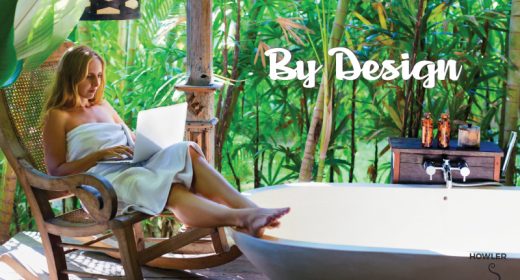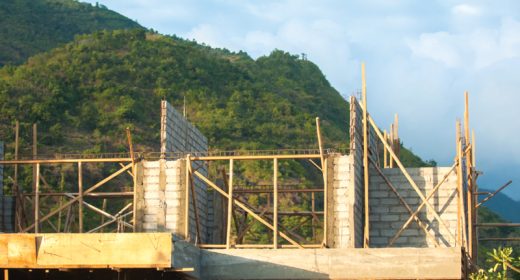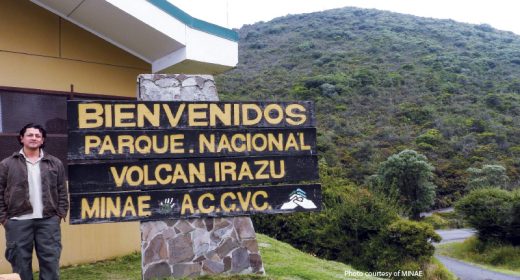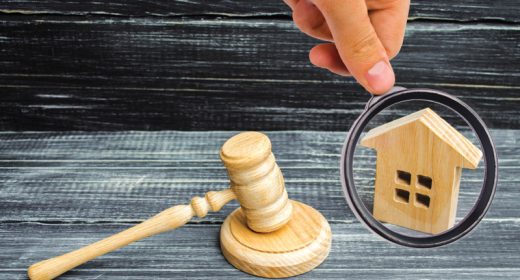
Building CR – Swimming Pools, Design, Construction and Maintenance
- MAR 02, 2018Warning: count(): Parameter must be an array or an object that implements Countable in /home/howlermag/public_html/old/wp-content/themes/new-paper/includes/general.php on line 193
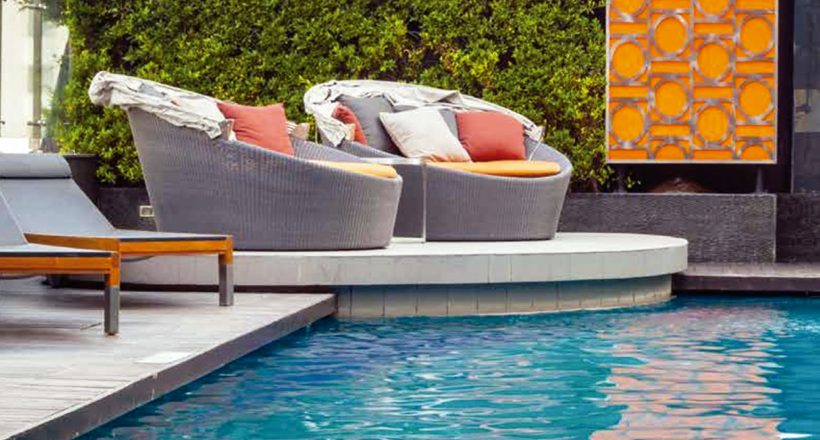
Your Lead Paragrpah goes here
Costa Rican paradise lends itself to beaches, sun, fun and of course refreshing swimming pools for relaxing and unwinding. Many expats prefer a swimming pool to the windy, sandy and hot beach environment. Rental properties with a pool can generate significant increases in occupancy rates and justify higher rental charges.
Many factors should be analyzed before deciding to build your own pool. Understanding how pools work, how much they cost to run and how to maintain them should help you make a decision on whether a swimming pool is right for you.
Swimming pools come in all shapes, sizes, designs, types and finishes. Most pools built in Costa Rica are custom-designed for the site after reviewing such factors as wind direction and strength, sun and shade, topography, views and proximity to the home, among others. Large trees can be a swimming pool blessing or curse. On the plus side, they provide shade. On the downside, falling leaves can be a maintenance nightmare, depending on the species. Designing a pool to harmonize with the home and its surroundings is the ultimate goal, maximizing views while providing both shady and sunny areas.
All custom-built swimming pools are constructed with concrete. Prefab pools, typically made of fiberglass, are also available in Costa Rica. Most concrete pools incorporate wall blocks with a concrete slab foundation. Others are poured in a freeform design using shotcrete and gunite. Whatever the construction method, make sure an architect or engineer designs the pool according to your site’s soil conditions.
Ceramic tiles are a popular type of pool finish, available in a wide range of colors and designs. Diamond Brite and Pebble Tec are other options that utilize small stone aggregates and colored bonding cement to provide a sturdy and long-lasting finish in many colors and styles. Surrounding pool decking and patio areas can feature wood, bamboo, stone or concrete finishes. It’s always a great idea to have a minibar and barbecue area close by, and building them into the pool plan itself can provide spectacular results.
I’m often asked: How does a pool work? The circulation system always includes a pump, filter and skimmer. The pump is responsible for circulating the pool water, taking it from the drains and skimmer, and pushing it through the filter for cleaning. The skimmer is used for both collecting surface leaves and debris and vacuuming the pool floor. The water is then returned to the pool jets, which continue to circulate and mix water on the surface level.
Depending on the water chlorination method, some pools need additional equipment. For example, saltwater swimming pools utilize salt and a special chlorine generator to produce natural chlorine. This not only makes the water healthier and less toxic, but also is less irritating to the eyes and skin. When pools are supplied largely from well water, which is naturally high in mineral content — also known as “hard water” — the salt cell equipment requires additional care and maintenance. Bimonthly cleanings are recommended to remove the buildup of hard water deposits. This additional maintenance must be taken into account when determining if a salt pool is right for you and your budget. Another consideration is the cost of replenishing significant amounts of saltwater that can be lost during the rainy season to maintain correct levels in the pool.
Pool equipment must be located in close proximity, including the “pump room” being nearby or part of the pool design itself. I personally like design features such as waterfalls that incorporate the pump room inside. Also think about where you will store pool cleaning supplies and pool toys, and the best location for an outdoor shower.
Once your pool is built, it requires daily cleaning, weekly water quality tests and vacuuming. Also budget for the constant electricity and water consumption. A swimming pool can easily add upwards of $20 per month to your electricity bill. Water must continually be added during the dry season because of evaporation. Be prepared for the need to replace equipment periodically, such as pool pumps and filters every five to 10 years.
The overall cost of using and maintaining a swimming pool averages around $100 a month. Keep in mind that your pool can easily pay for itself in additional rental income, along with the peace and pleasure it provides to you, your friends and family while enjoying tropical life in Costa Rica.

